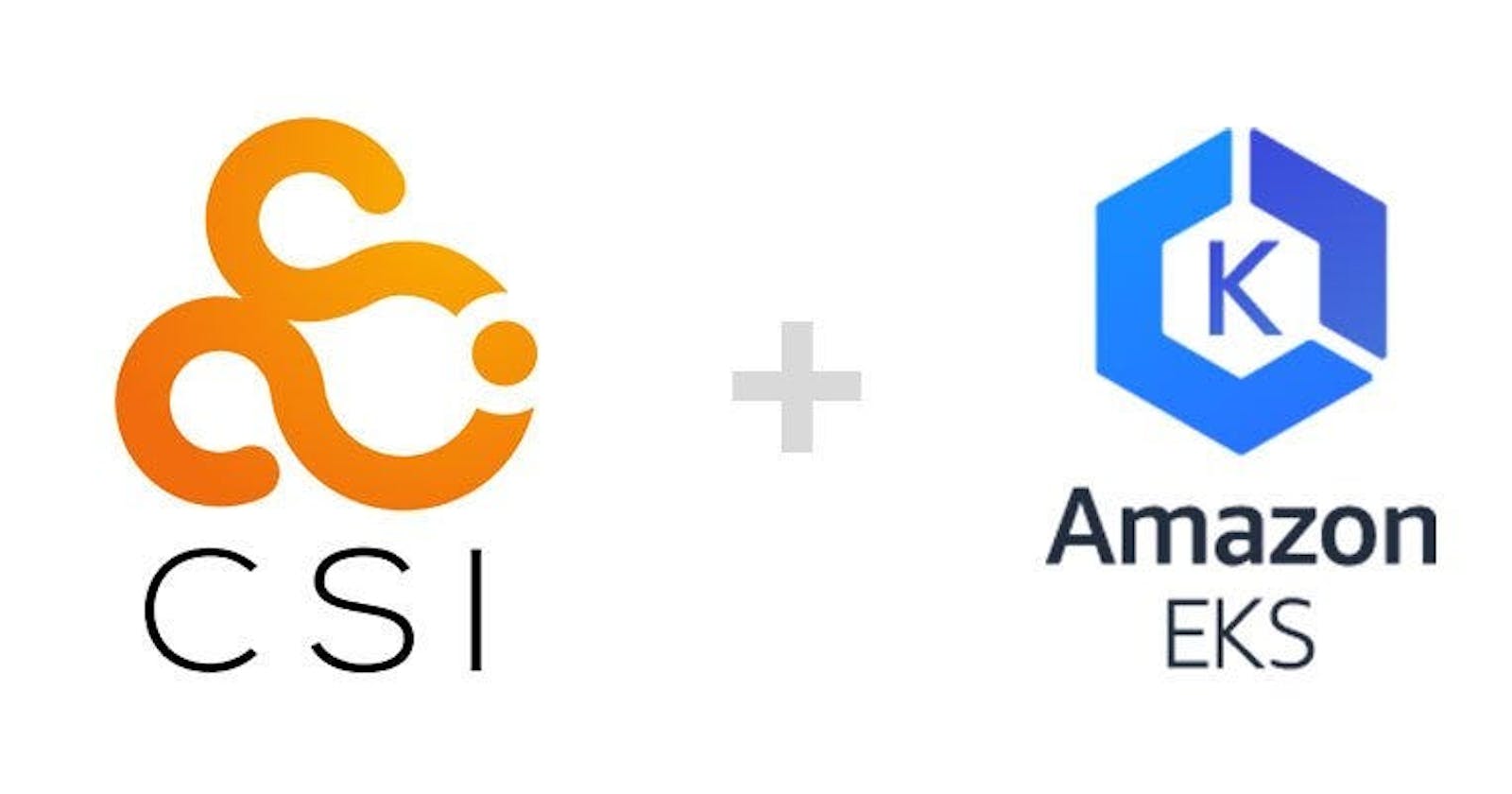Enhancing Kubernetes with Amazon S3 CSI Driver: A Leap Forward in Cloud Storage Integration
Introduction:
The cloud-native landscape is continually evolving, offering new solutions to enhance application development and deployment. The recent announcement of the general availability of the Amazon S3 CSI (Container Storage Interface) Driver for Amazon Elastic Kubernetes Service (EKS) represents a significant advancement. As a fervent advocate in the container community, I am excited to explore how this integration revolutionizes the use of cloud storage within Kubernetes.
The Power of Seamless Integration:
The Amazon S3 CSI Driver for EKS ushers in a new era of possibilities in managing persistent storage for Kubernetes clusters. This integration represents a harmonious blend of flexibility and scalability, allowing Kubernetes to leverage Amazon S3's robust storage capabilities seamlessly.
Elevating the Developer Experience:
In our ongoing Developer Experience month, I’ve been hands-on with this innovative feature. My focus is on unraveling how this integration can streamline workflows, improve performance, and positively impact various application scenarios within Kubernetes environments. This exploration includes assessing its user-friendliness, efficiency gains, and practical applications.
Synergy in Cloud-Native Technologies:
Kubernetes and Amazon S3 are powerhouse technologies in their respective domains. Their integration through the S3 CSI Driver creates a compelling solution for addressing the storage demands of cloud-native applications. This driver facilitates a seamless bridge between Kubernetes pods and S3, enabling an integrated experience that feels native to both platforms.
Empowering Scalability:
In the modern application landscape, scalability is key. The S3 CSI Driver allows Kubernetes applications to effortlessly scale their storage needs alongside their workloads. Whether it’s for small-scale projects or enterprise-grade applications, this driver simplifies the scaling of storage resources in tune with application demands.
Practical Implementation: Enhancing Kubernetes with Dynamic Storage Solutions
Before the S3 CSI Driver:
Handling dynamic workloads in Kubernetes previously involved intricate storage management, often requiring manual intervention. This process was cumbersome, error-prone, and a bottleneck to operational efficiency.
Setting Up the S3 CSI Driver in Amazon EKS
To demonstrate the practical application of the S3 CSI Driver, let's go through the setup process and how you can use it to manage storage for a sample Kubernetes application.
Prerequisites:
An active AWS account with EKS cluster running.
kubectlandawsCLI tools installed and configured.
Install the Amazon S3 CSI Driver:
Deploy the CSI driver to your EKS cluster:
bashCopy codekubectl apply -k "github.com/kubernetes-sigs/aws-efs-csi-driver/deploy/kubernetes/overlays/stable/ecr/?ref=release-1.3"
Create an IAM Policy for the CSI Driver:
Create an IAM policy that allows the driver to interact with S3. For example:
jsonCopy code{ "Version": "2012-10-17", "Statement": [ { "Effect": "Allow", "Action": [ "s3:GetObject", "s3:PutObject" ], "Resource": ["arn:aws:s3:::your-bucket-name/*"] } ] }Attach this policy to the IAM role associated with your EKS nodes.
Create a Kubernetes Secret with S3 Access Credentials:
Store your AWS credentials in a Kubernetes secret:
bashCopy codekubectl create secret generic aws-secret --from-literal=accessKeyId=YOUR_ACCESS_KEY --from-literal=secretAccessKey=YOUR_SECRET_KEY
Deploy a Sample Application Using S3 Storage:
Create a Kubernetes deployment that uses the S3 CSI driver. Here’s an example deployment YAML:
yamlCopy codeapiVersion: apps/v1 kind: Deployment metadata: name: s3csi-sample-app spec: replicas: 1 selector: matchLabels: app: s3csi-sample-app template: metadata: labels: app: s3csi-sample-app spec: containers: - name: app image: nginx volumeMounts: - name: s3-storage mountPath: "/usr/share/nginx/html" volumes: - name: s3-storage csi: driver: s3.csi.k8s.aws volumeAttributes: bucket: "your-bucket-name" secretRef: name: aws-secretThis sample deployment uses an Nginx container and mounts an S3 bucket to the
/usr/share/nginx/htmldirectory.
Verify the Application and Storage:
- Once deployed, verify that the Nginx container can access and serve files from the specified S3 bucket.
After the Introduction of the S3 CSI Driver:
The S3 CSI Driver transforms the management of dynamic workloads in Kubernetes. It automates the provisioning and scaling of storage, aligning it with the fluid nature of containerized applications. This shift significantly reduces manual overhead, paving the way for operational efficiency and agility.
Simplified Storage Provisioning: The driver automates the connection between Kubernetes and S3, making the setup and management of storage resources more straightforward.
Dynamic Storage Scaling: As applications grow or shrink, the S3 CSI Driver ensures that storage capacity automatically adjusts, maintaining performance and reducing manual workload.
Operational Efficiency: This automated approach frees up valuable time and resources, allowing teams to focus on more strategic initiatives.
Agile Development Support: Developers benefit from an integrated storage solution that is both accessible and easy to use, enabling faster and more efficient development cycles.
Exploring the Real-World Applications
With the S3 CSI driver now integrated into your EKS environment, explore various use cases like storing application logs, serving static web content, or managing data for analytics applications. This setup demonstrates the versatility and power of combining Kubernetes with Amazon S3, allowing for innovative storage solutions in cloud-native applications.
Conclusion:
The integration of the Amazon S3 CSI Driver with Amazon EKS is a milestone in the journey of Kubernetes and cloud-native storage solutions. It simplifies the complexities of storage management in containerized environments, offering scalability, efficiency, and a seamless developer experience. This advancement is not just a technical enhancement; it’s a catalyst that empowers developers and organizations to build and deploy applications more effectively in the cloud-native ecosystem.
